August 2025
Welcome to Space Station Spotlight, a monthly newsletter from the ISS National Laboratory®. Here’s where you can find all the latest R&D happenings on the space station, see what our partners are up to, and learn how to elevate your research to new heights by leveraging the unique space environment.
What’s new at the ISS National Lab?
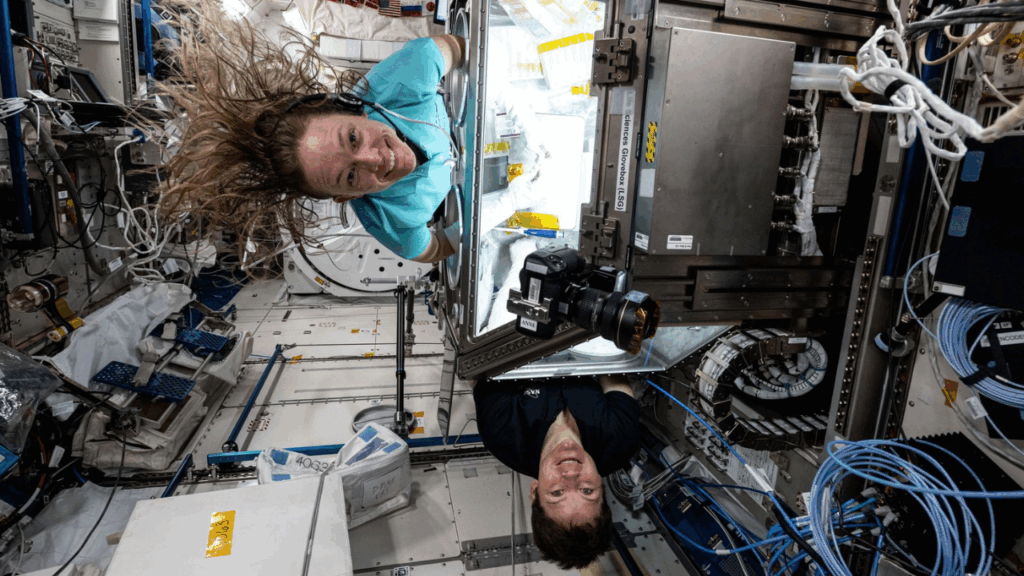
During their time on station, the crew worked on several ISS National Lab-sponsored investigations, including research that could lead to new cancer treatments, more lifelike robotics, and new methods for space debris removal. Read more about the research.
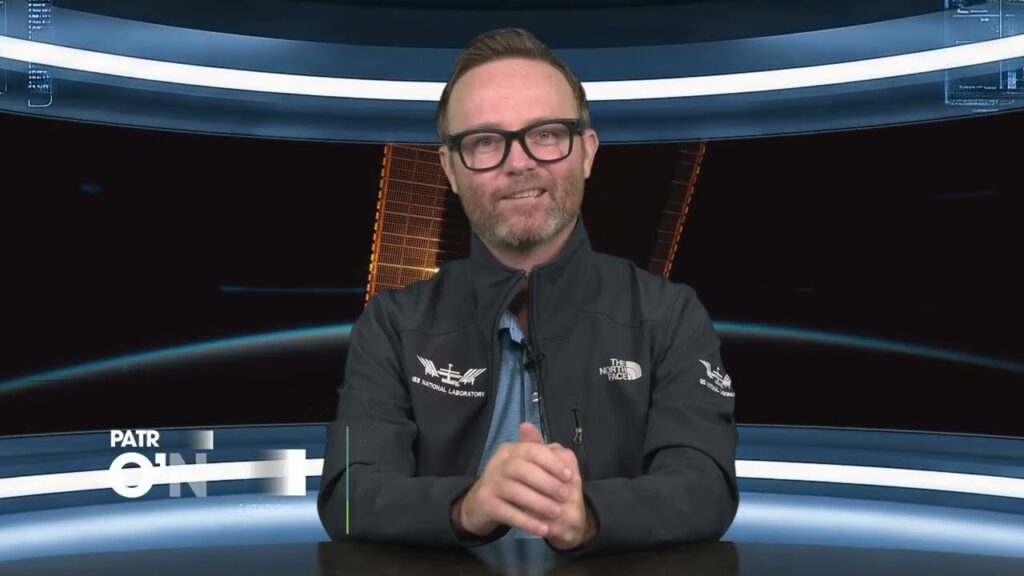
Speakers discussed tissue engineering research, technology for data processing in space, stem cell production in microgravity, and a project studying bone loss. View the webinar recording.
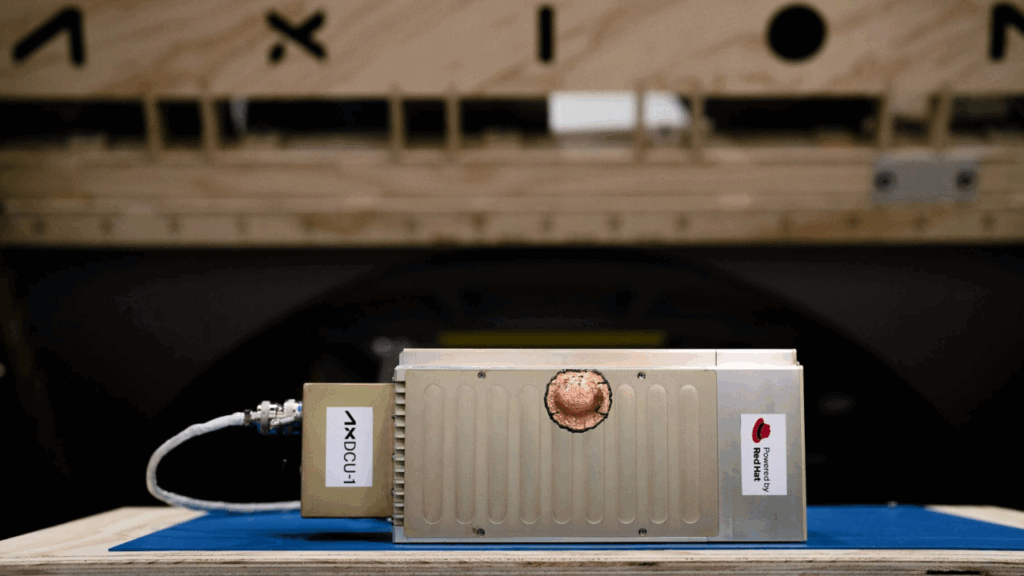
Axiom Space and Red Hat will test the system’s ability to provide increased data storage and real-time data processing in space, which are crucial capabilities for future space stations. Learn more about the data center in space.

Researchers from the Wake Forest Institute of Regenerative Medicine hope to gain insight into how to manufacture better, longer-lasting tissues for disease research and treating patients on Earth. Read more.
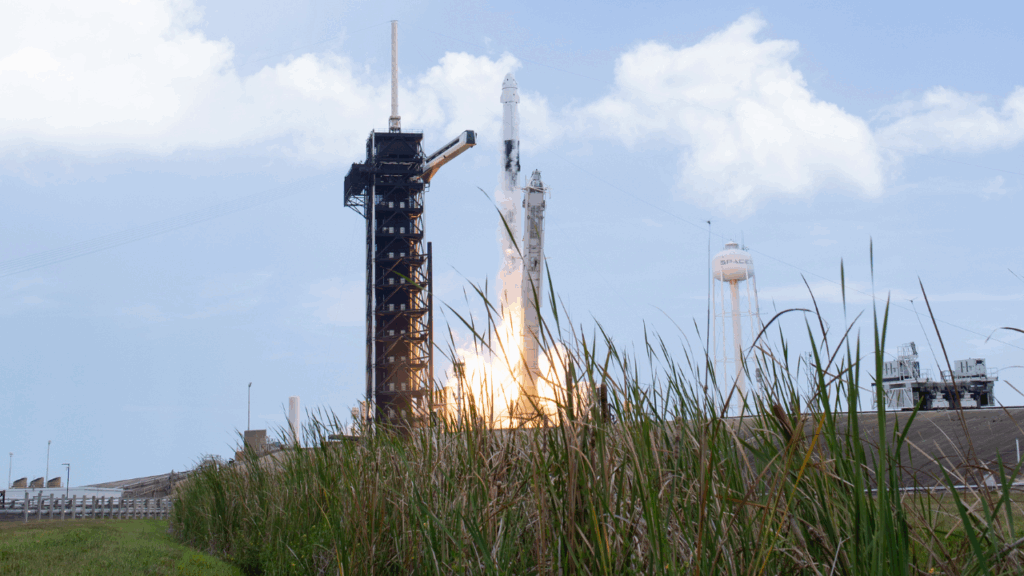
CEO Ray Lugo discusses how proposed budget cuts to NASA pose a significant threat to the economic potential of space-based R&D and to maintaining American dominance in LEO and beyond. Read the piece to find out what’s needed to maintain our preeminence in space.
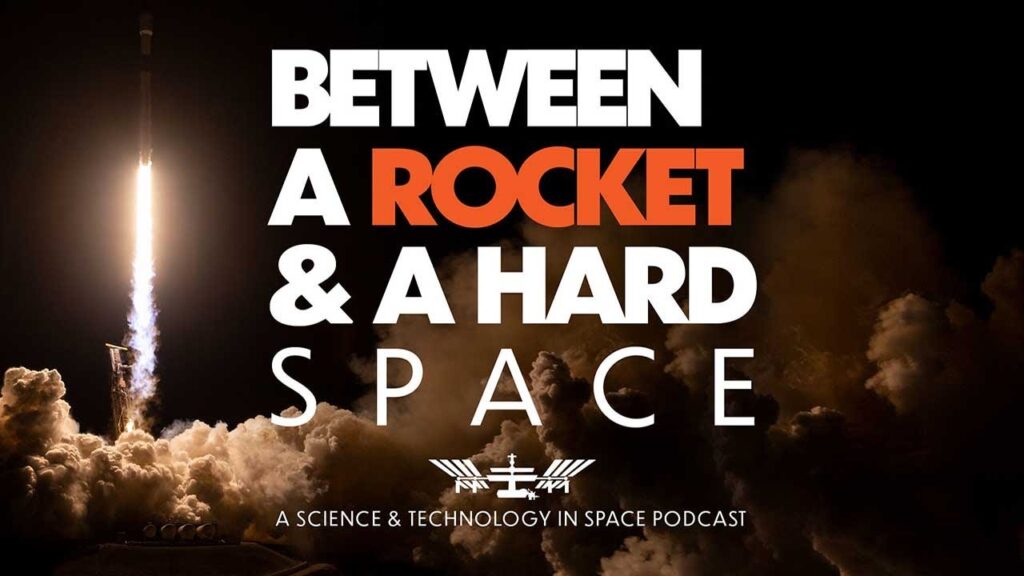
On this episode of Between a Rocket & a Hard Space , Gittleman, who is the founding president and CEO of Aegis Aerospace, discusses the future of the ISS and its critical role in shaping the LEO economy.
Partner News
Redwire Corporation launched a new venture company for pharmaceutical development in space. SpaceMD will use Redwire’s PIL-BOX technology to grow protein crystals in orbit that can be used to create new and reformulated therapeutics on Earth. SpaceMD also announced a licensing agreement with pharmaceutical company ExesaLibero Pharma, Inc., which is developing new drugs to treat bone disease.
Voyager Technologies acquired ElectroMagnetic Systems Inc., a radar analytics and AI company. The acquisition will extend Voyager’s intelligence, surveillance, and reconnaissance capabilities across the air, space, and maritime domains and support the company’s expansion into national security.
NASA astronauts Butch Wilmore and Kate Rubins retired from the space agency. Wilmore’s career at NASA spanned 25 years and included three flights to space, beginning with the STS-129 mission to the ISS in 2009. Rubins’ 16 years at NASA included two missions to the ISS, four spacewalks, and 300 days in space. She was also the first astronaut to sequence DNA in space.
NASA and Google are testing an AI medical assistant to support astronauts on long-duration missions. Such a tool could be used to help diagnose and treat illness when astronauts are far from Earth—on the Moon, Mars, and beyond.
STEM Education and Workforce Development
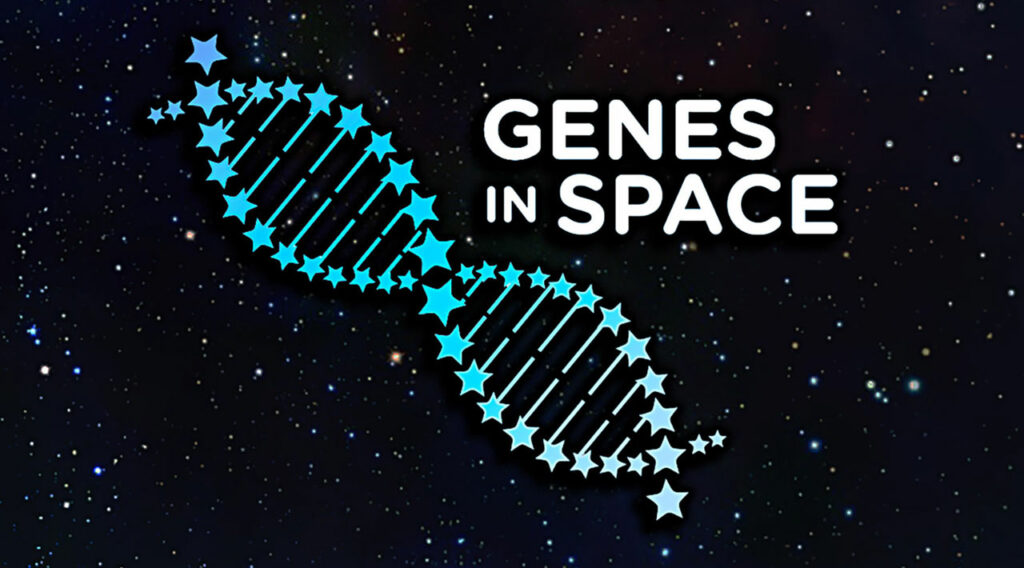
The 2025 Genes in Space student competition winner was announced at ASCEND. Washington high school student Nitya Johar is this year’s winner. Her experiment will be sent to the ISS, and the results could help advance spaceflight medicine and biomanufacturing in microgravity.
Results
The most recent issue of Upward, official magazine of the ISS National Lab, is online. Explore valuable findings from space-based R&D—download the current and past issues here.
A biotech startup is building on its ISS research to advance personalized cancer diagnostics. In microgravity, tumors grow into 3D shapes that more accurately mimic their development in the human body. Encapsulate’s tumor-on-a-chip system grows patient biopsy samples into miniature tumors that can be tested in space with different chemotherapy drugs to see which may work best. Read the Upward feature “The Tumor Oracle” to learn more.
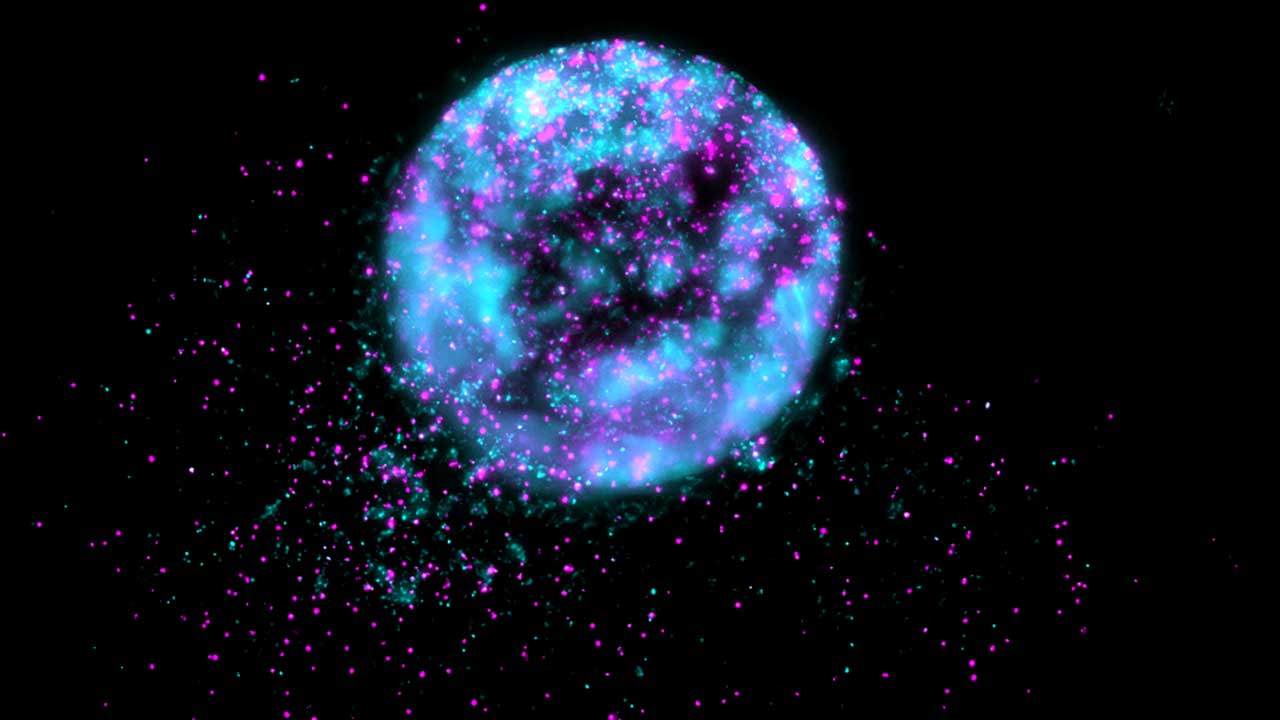
Make a Stellar Impact With a Donation to the ISS National Lab
Want to make an impact and support science in space for the benefit of humanity? Click here to donate online, make a gift of crypto or stock, or contribute through your donor-advised fund.

